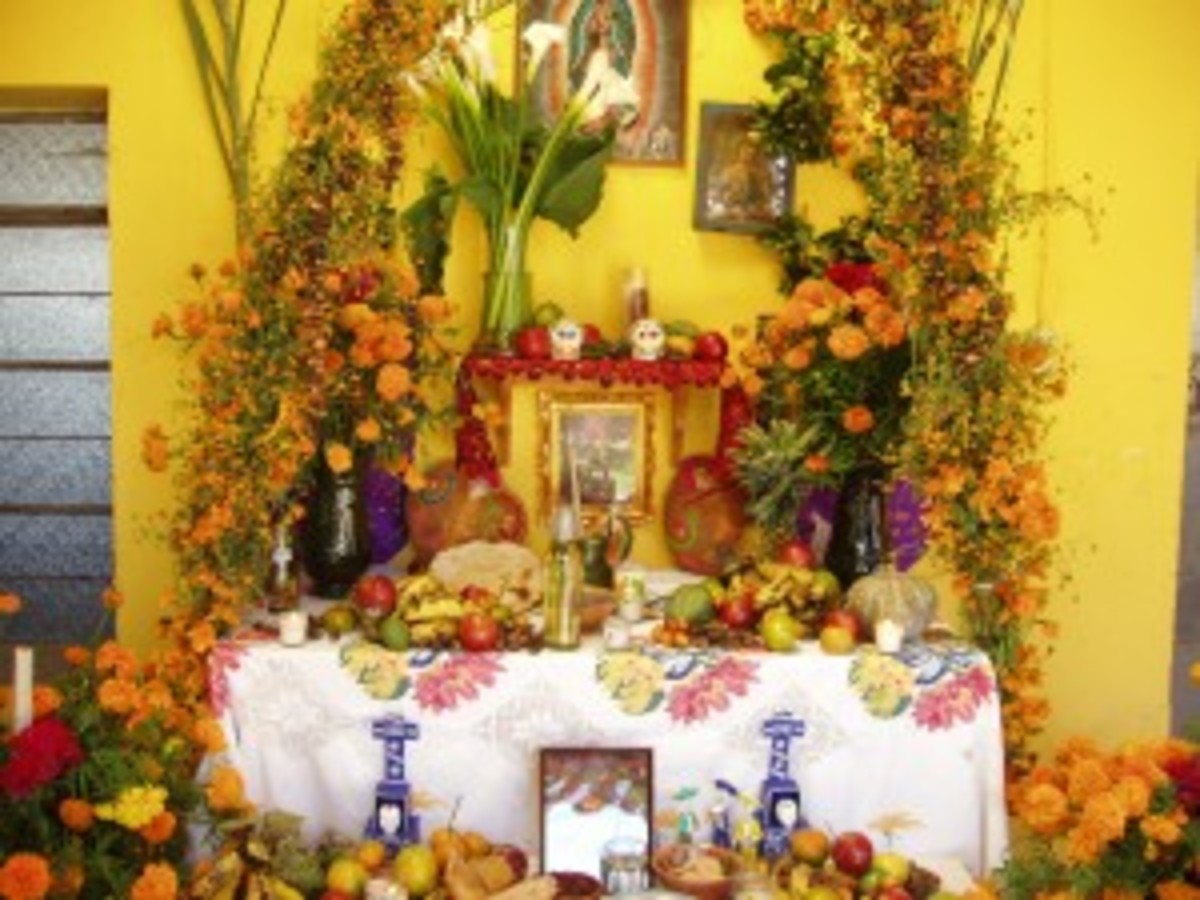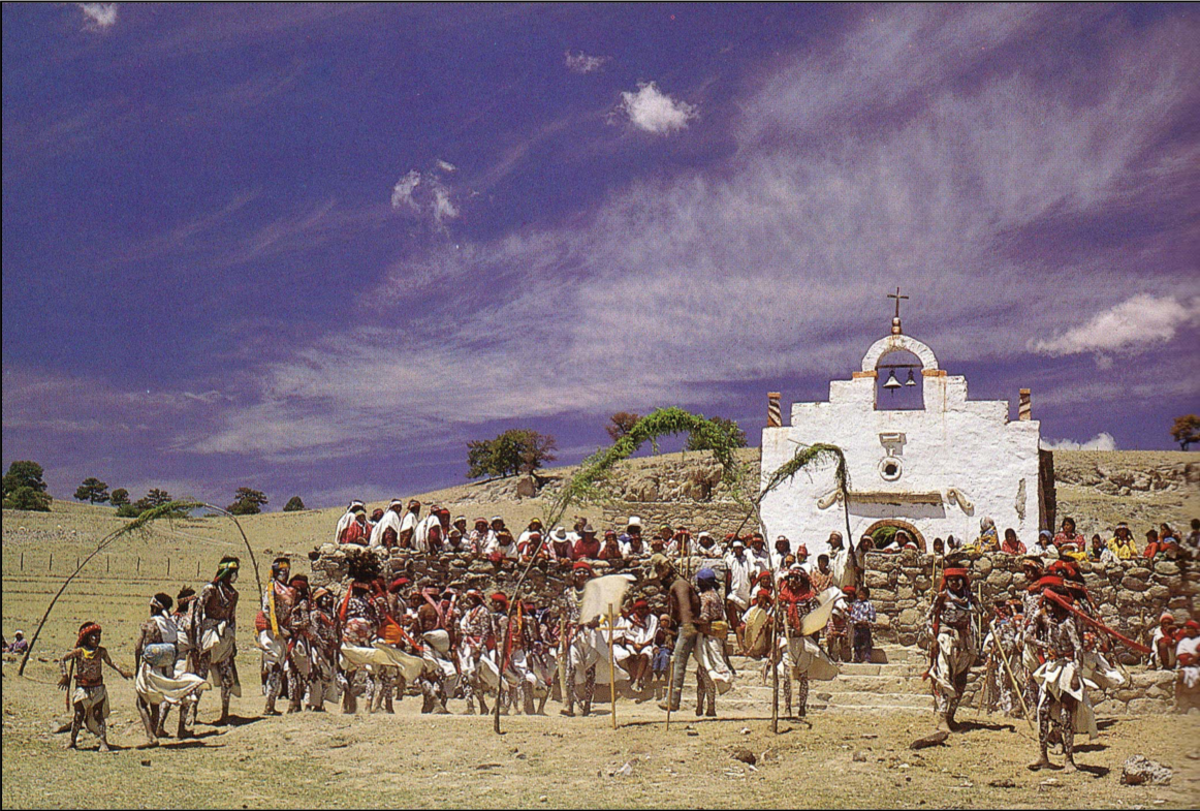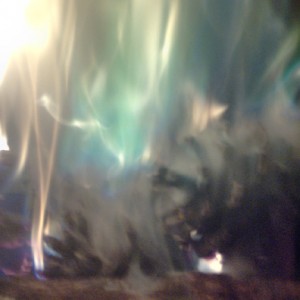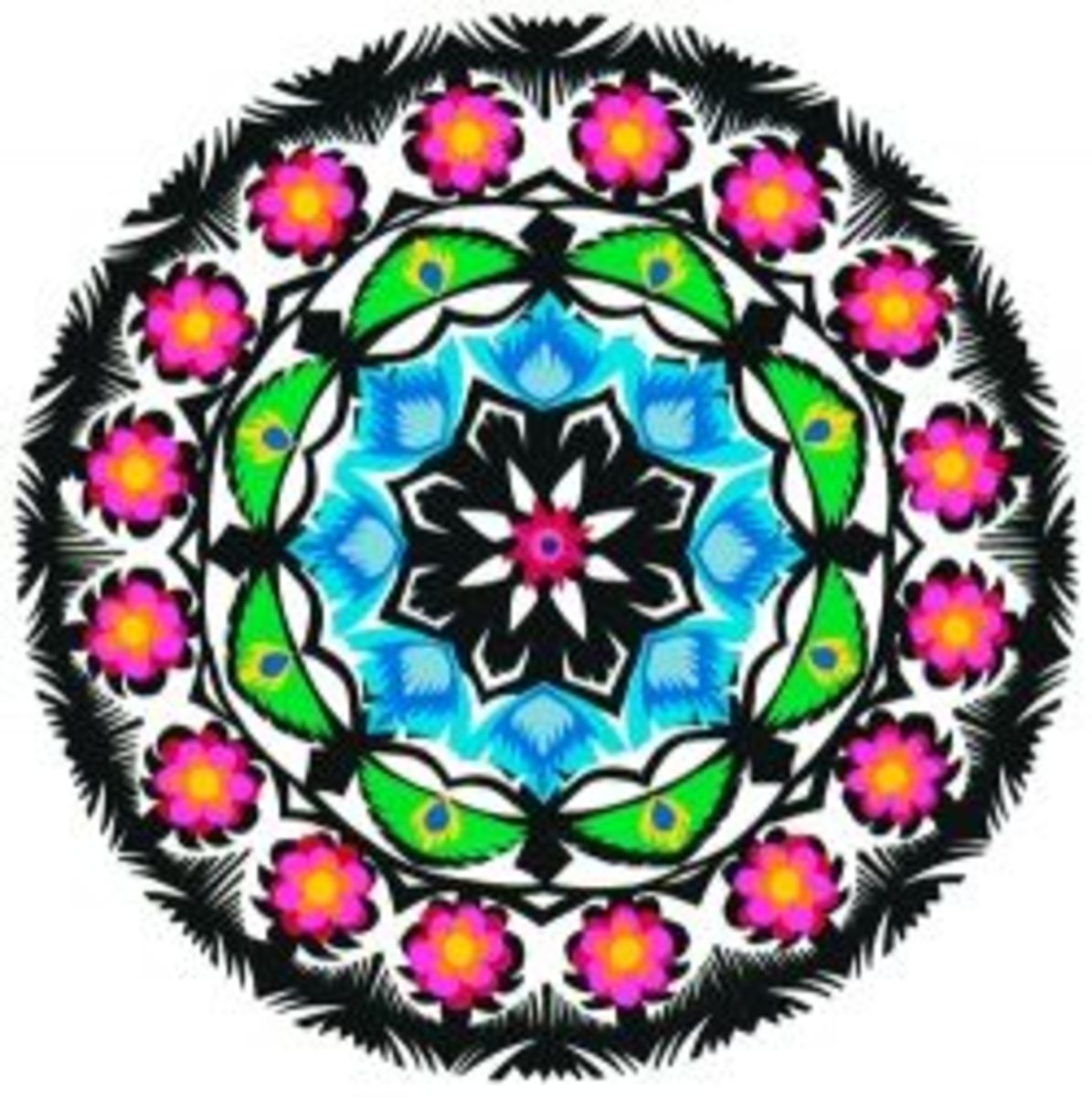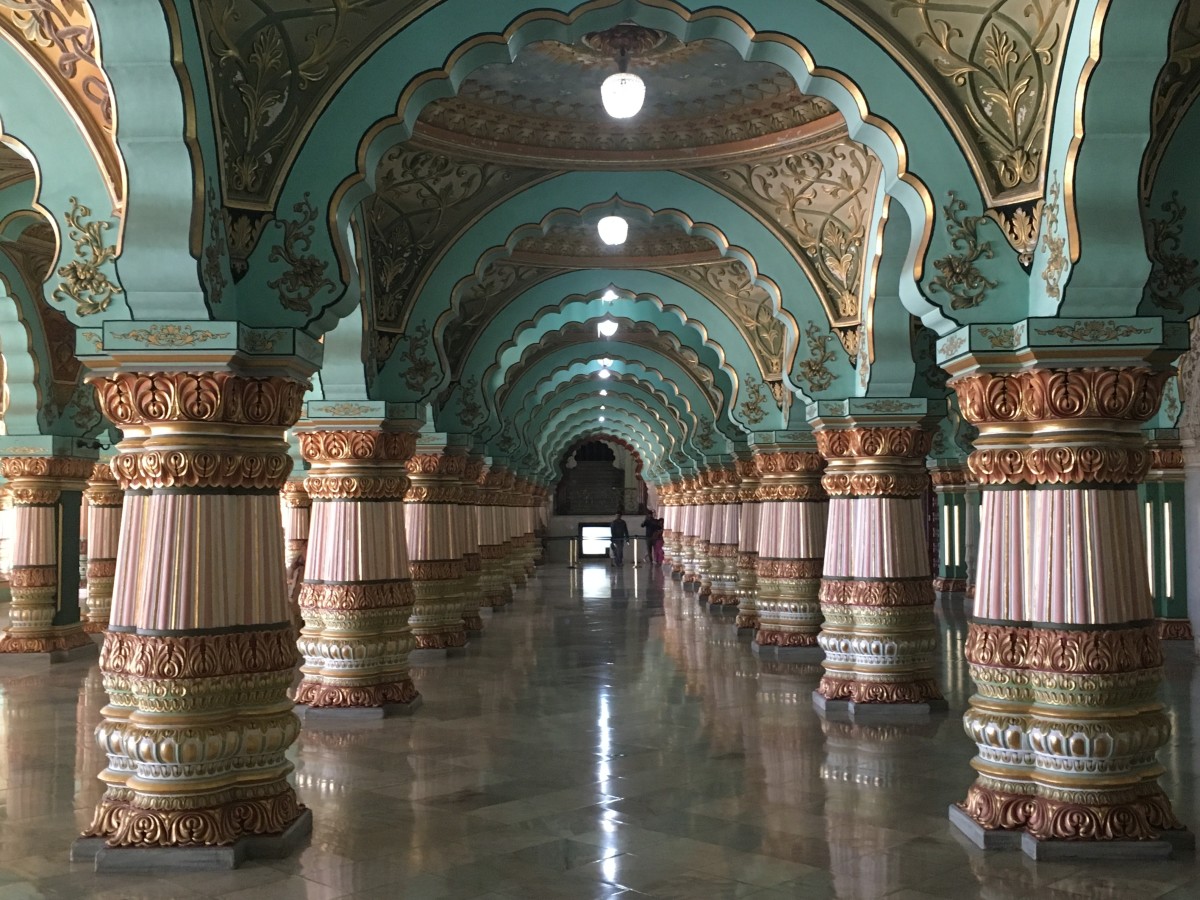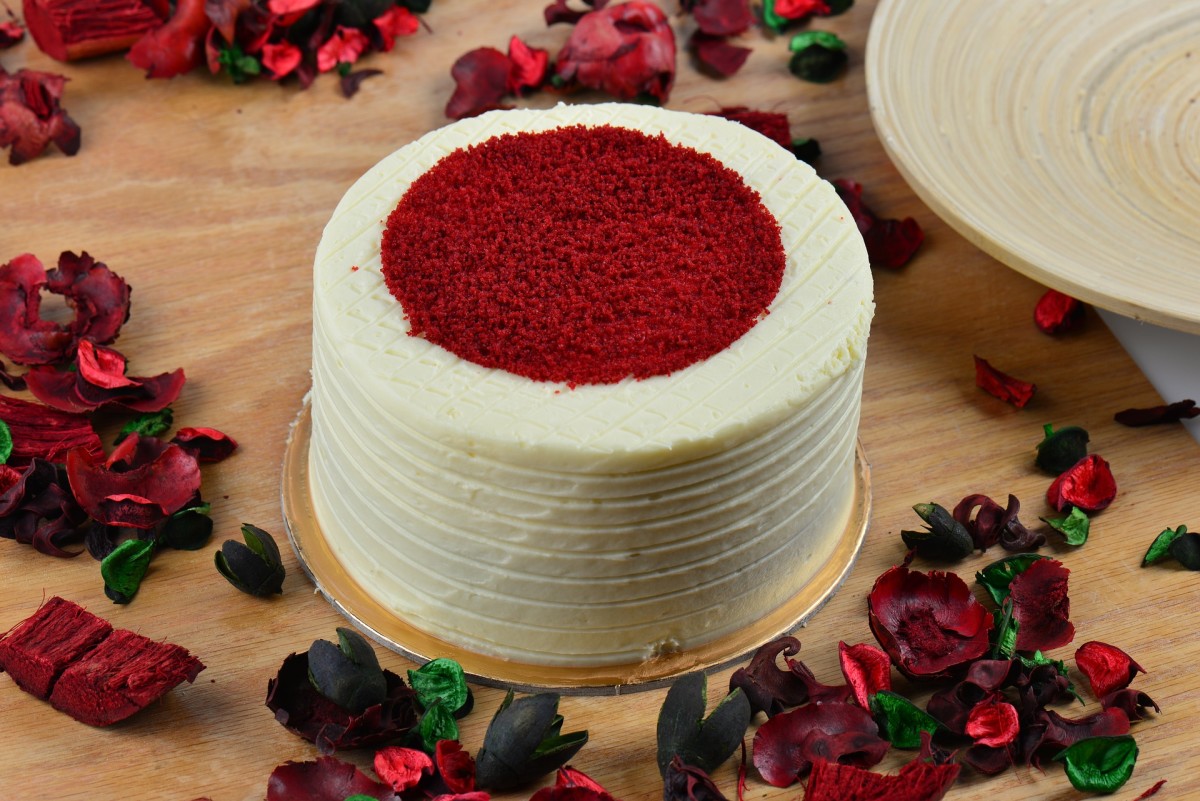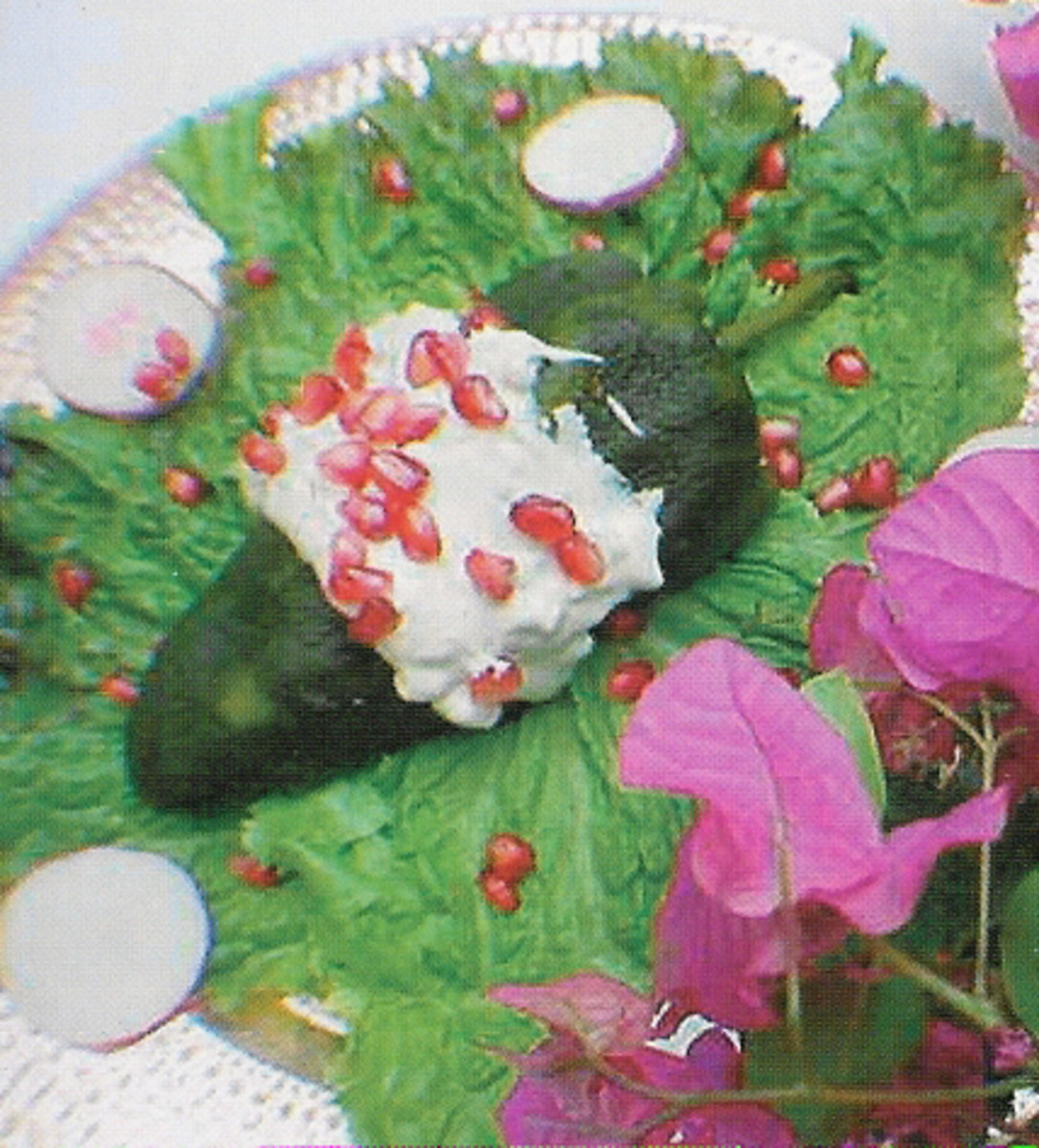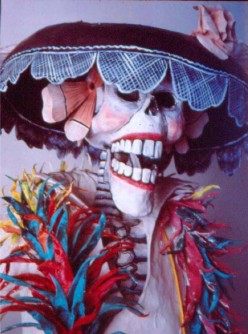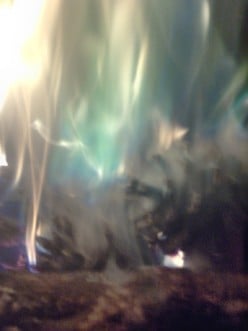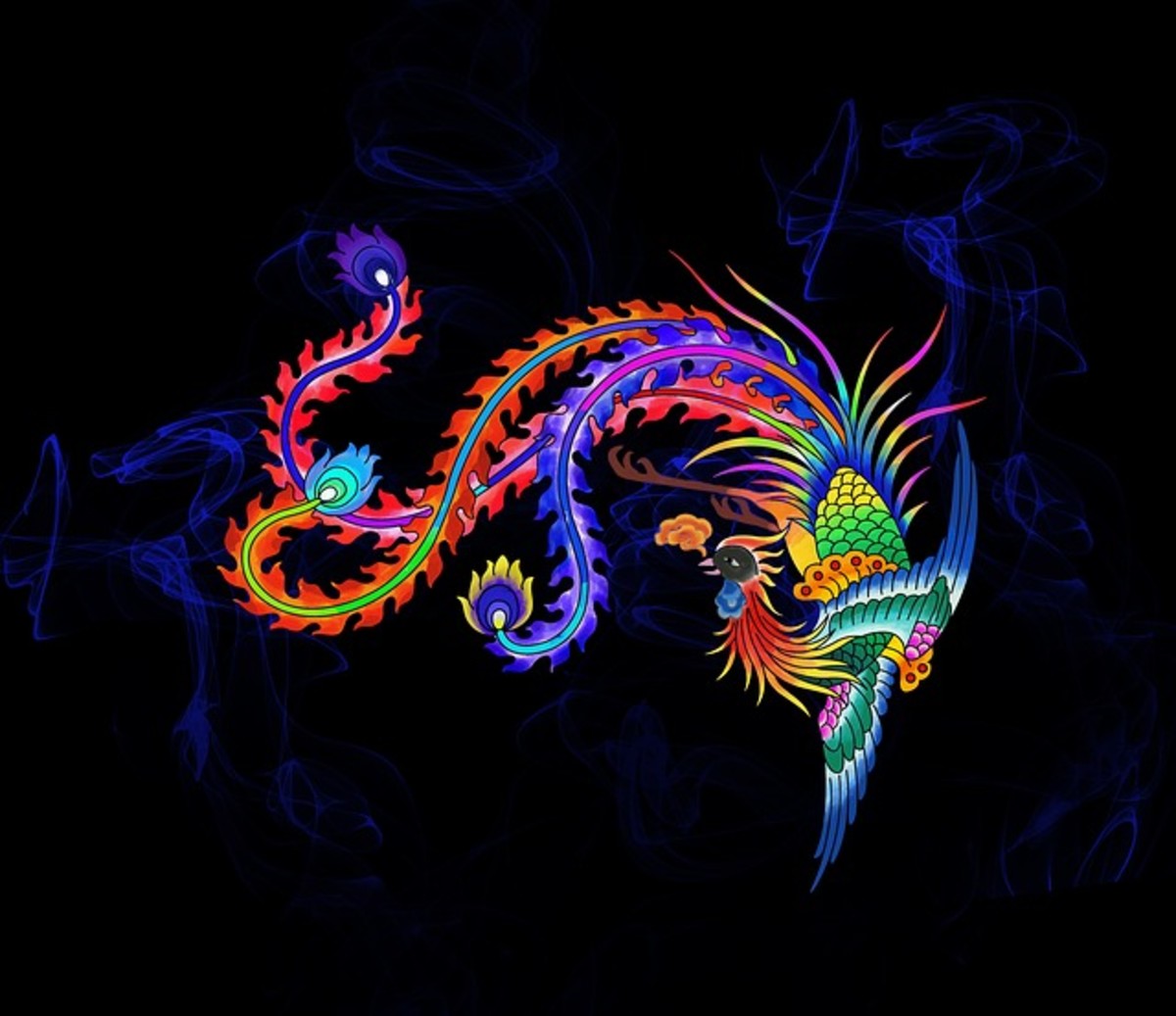 38
38- 0
Life as an American Expat in India
India is sensory overload. It’s both exhilarating and exhausting. Learn about life as an American expat in India and what it's like to adjust to a foreign country.
- 2
The Very Best Way to Frost a Red Velvet Cake
Cream cheese or traditional Southern-cooked frosting? This recipe offers a sweet compromise for your red velvet cake.
- 2
Chiles en Nogada: A Fiesta in Your Mouth!
Red, white, and green—the colors of the Mexican flag are all represented in chiles en nogada, which is one reason this is the traditional dish for Mexican Independence Day. But these fabulous chiles are as delicious as they are beautiful, rewarding your guests with a virtual explosion of flavor.
- 2
Celebrating the Tarahumara Indians' Spring Ritual of Semana Santa in Mexico's Copper Canyon
As we sat on the patio, the sound of a drum echoed across the river from a hidden village. I felt a thrill run through me at the thought of immersing myself in the Tarahumara culture. This is what we had come for.
- 0
Laughing Skulls and Dancing Skeletons - What's with All the Weird Day of the Dead Imagery?
The preponderance of death images is one reason that those not familiar with the Day of the Dead may view it as morbid or macabre. But the holiday has inspired a rich folk art tradition; the skulls and skeletons are intended to be humorous and are created in recognition of the fragility of life.
- 0
How to Make "Flames of the Phoenix" Colorful Pinecone Firestarters
These colorful fire starters are easy to make, and will make your fire—either in a fireplace or campfire—even more beautiful.
- 0
Like the Fabulous Phoenix, Learn to Fan the Flames of Past Failures and Rise from the Ashes Renewed and Reborn
Rise from the ashes of your own past disappointments and spread your wings like the glorious Phoenix you are!
- 0
Earthy Elegance - How to Make a Rock Candle
The elements of Earth and Fire come together in a beautiful way in these stunning candles, and they are surprisingly easy to make.
- 0
Good Mourning - Celebrating the Day of the Dead With a Home Altar or Ofrenda
A home altar or ofrenda is an important feature of the Day of the Dead celebration. This is where the faithful believe the souls of the returning deceased will first be received and welcomed.
- 7
Arpilleras: Colorful 3D Textiles From South America
Arpilleras are colorful, three-dimensional quilts that have become a popular folk art in South America. Here's how the art spread from Chile to Peru.
- 14
The Art of Wycinanki (Polish Papercutting)—Information and Inspiration
Papercutting is practiced in various forms around the world, and Polish papercutting, or Wycinanki, which involves the symmetrical cutting and layering of several pieces of paper, is one of the most colorful.
